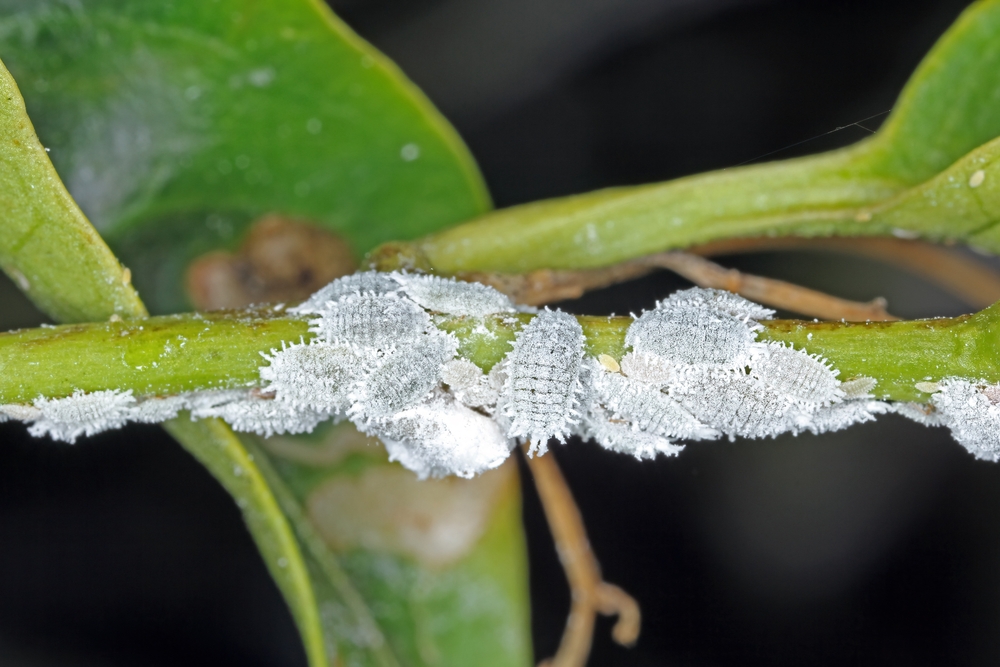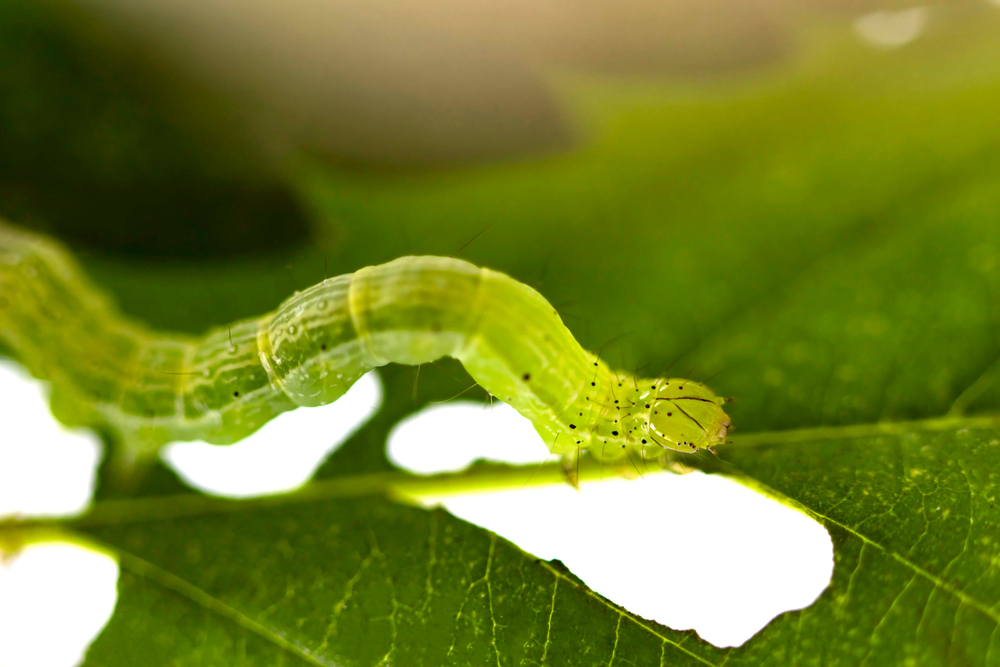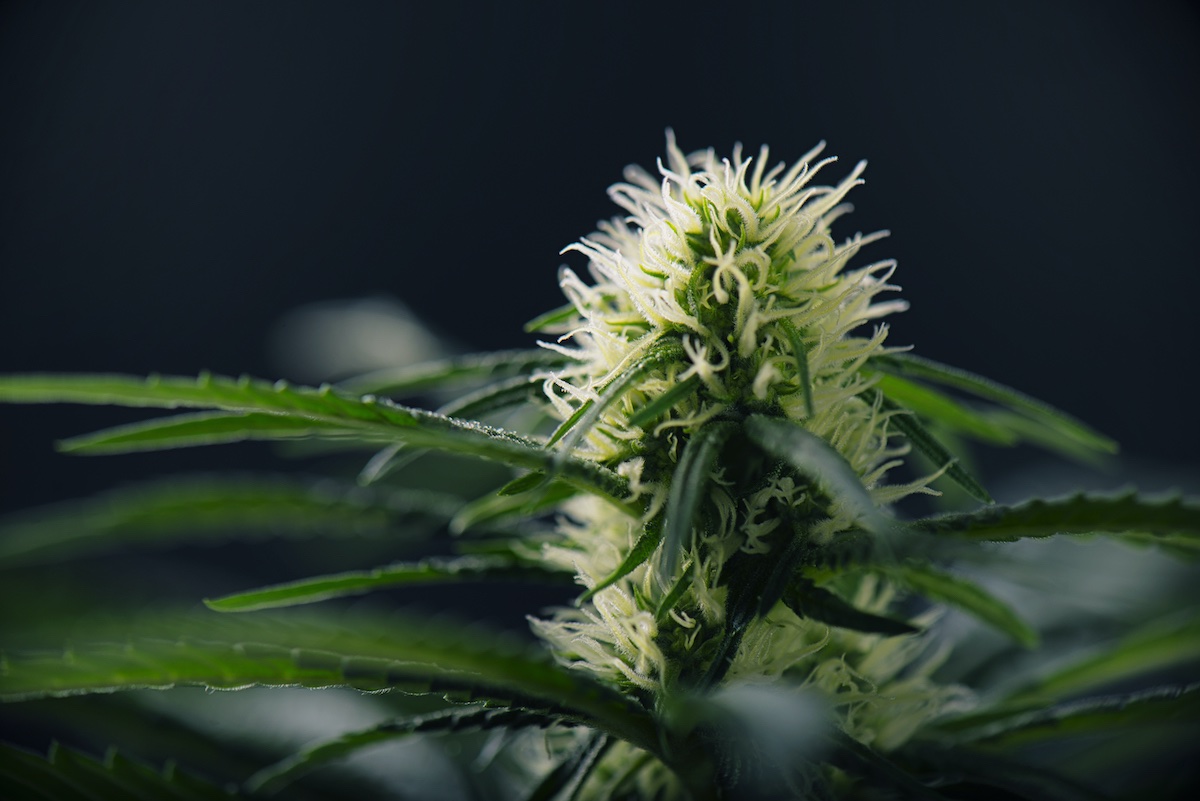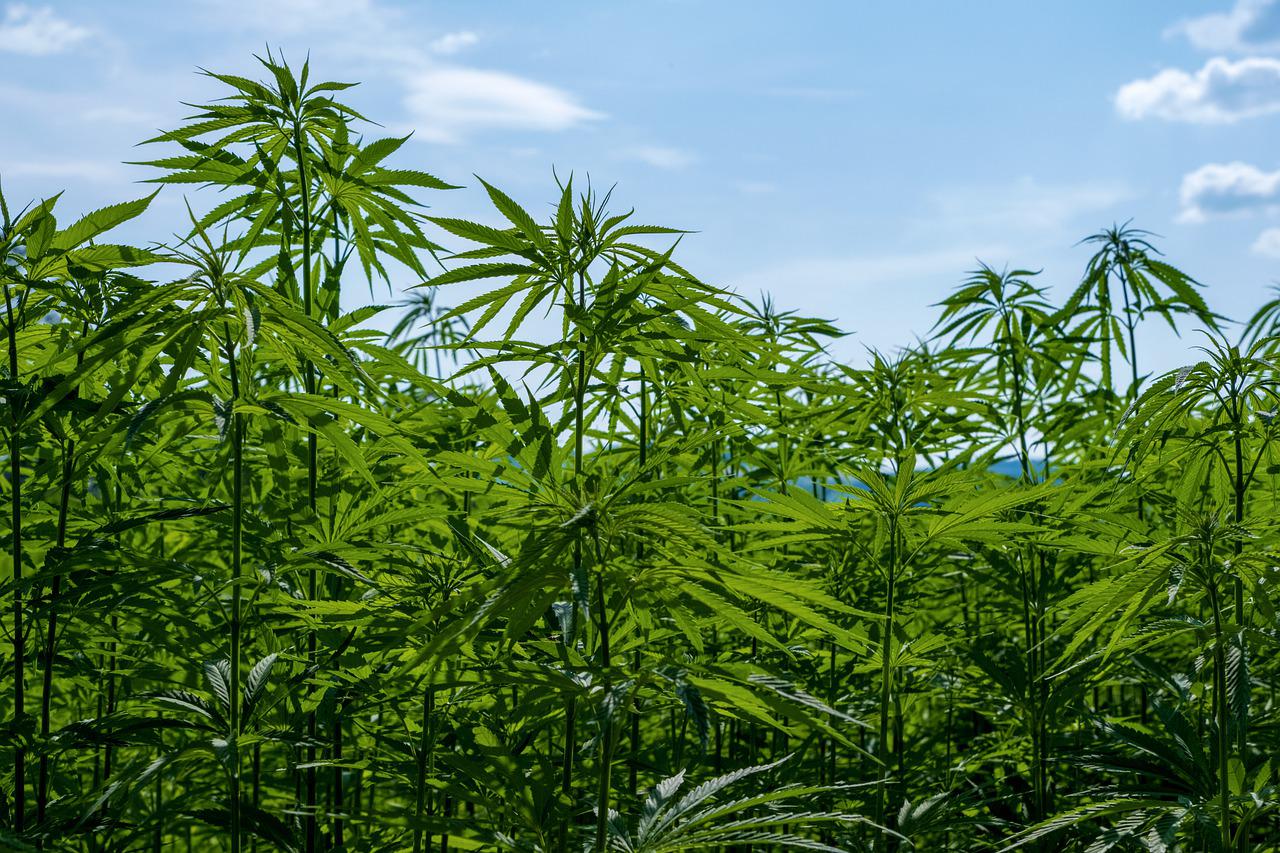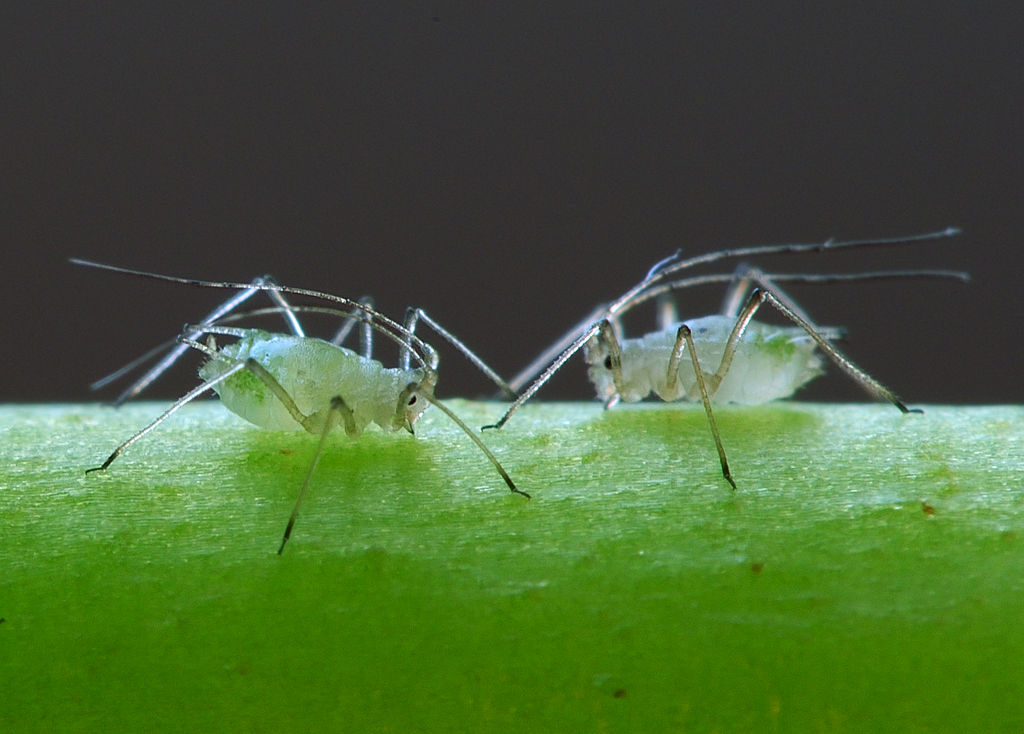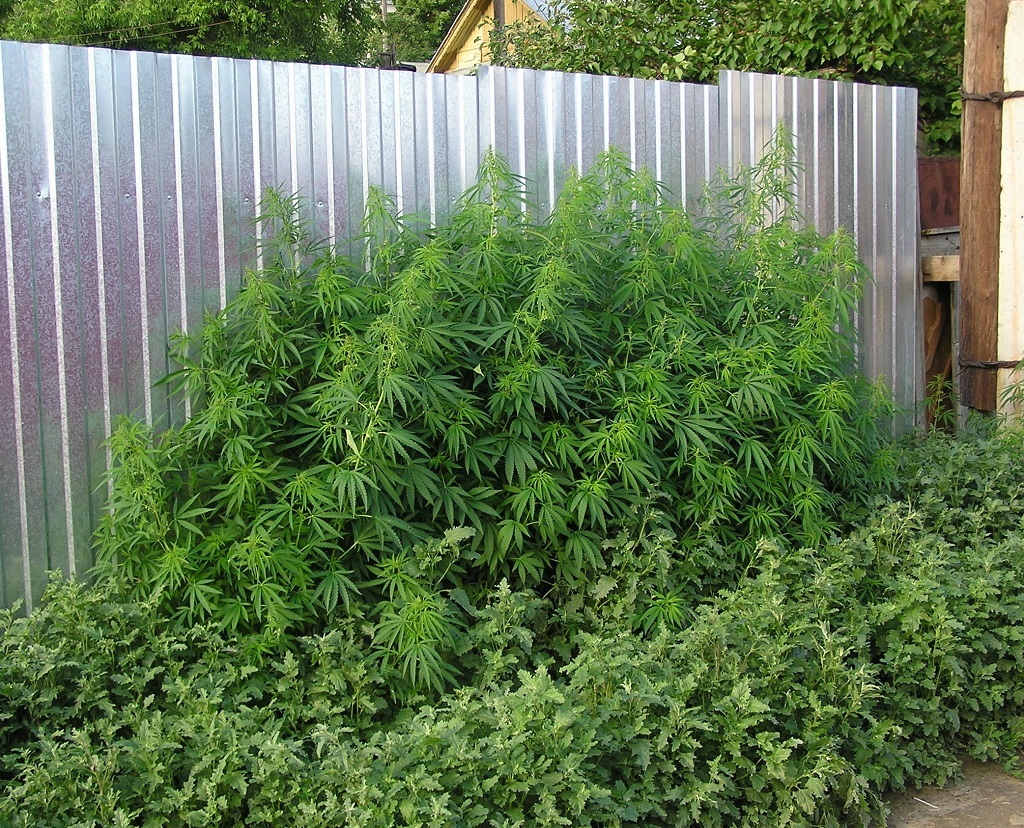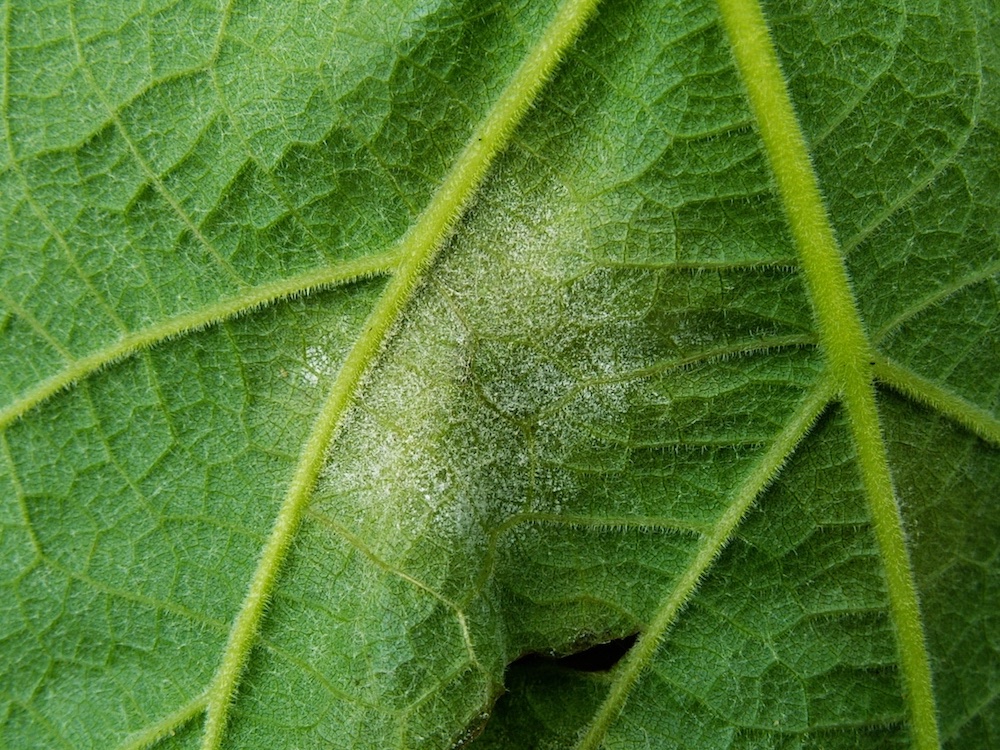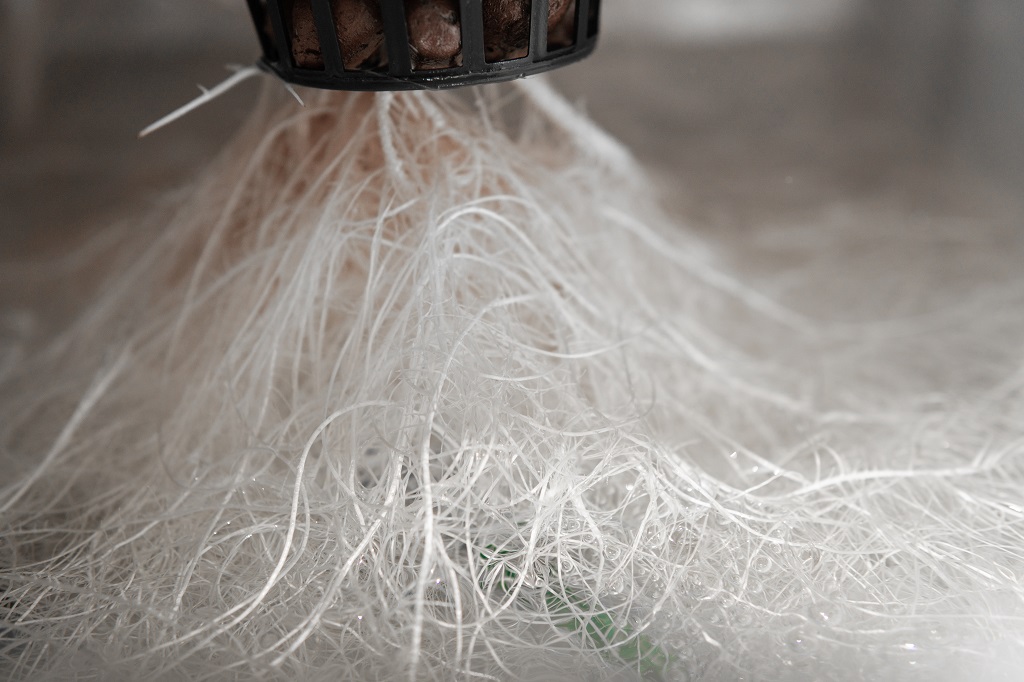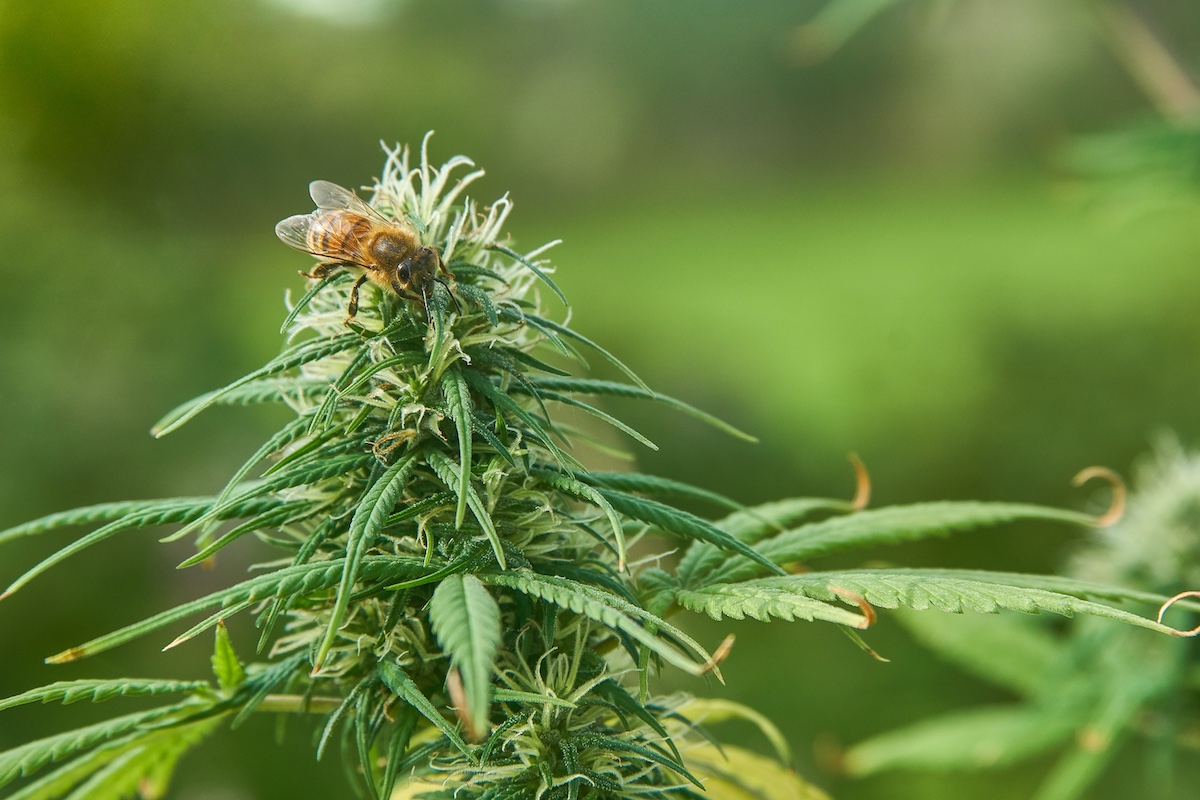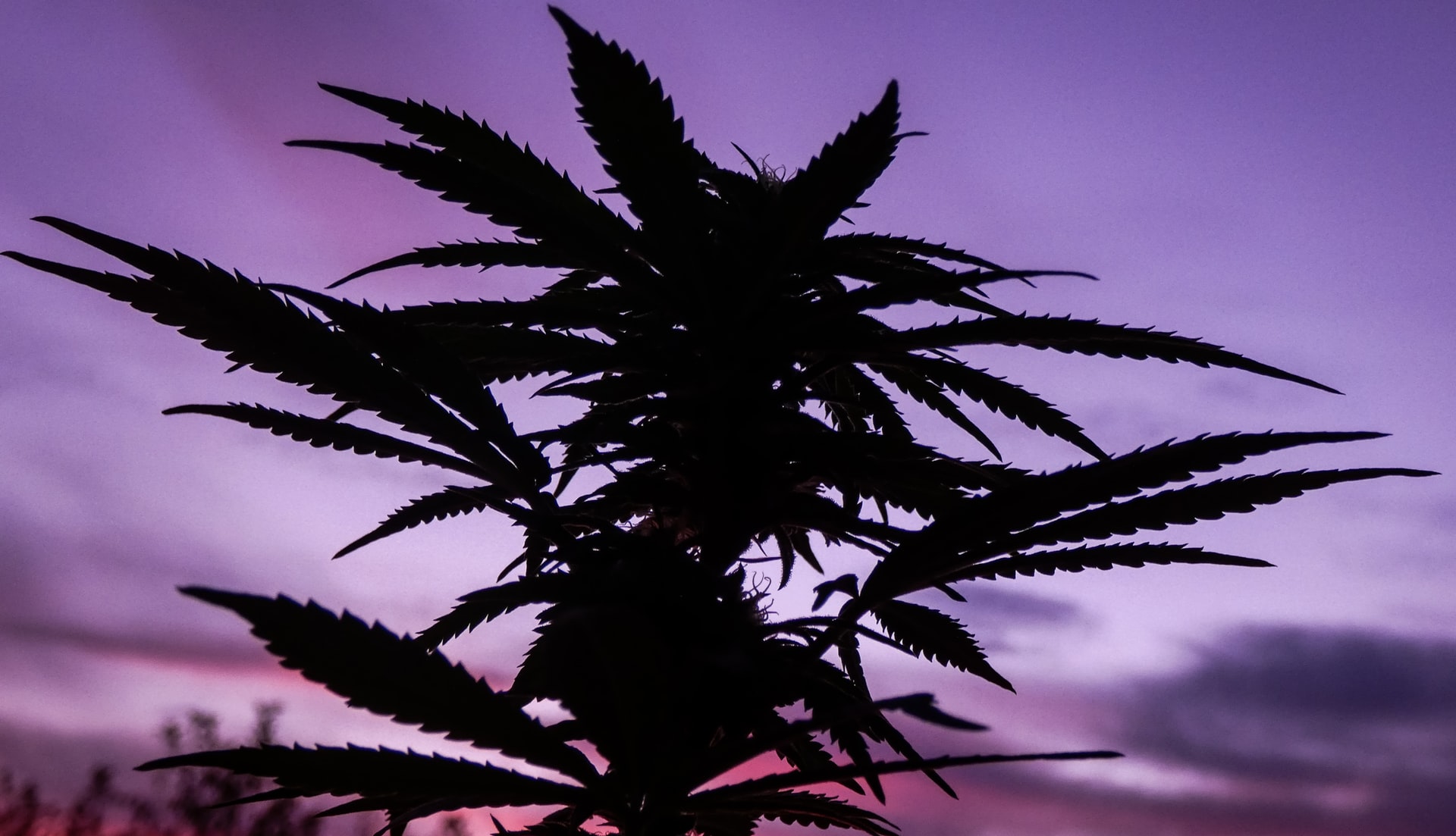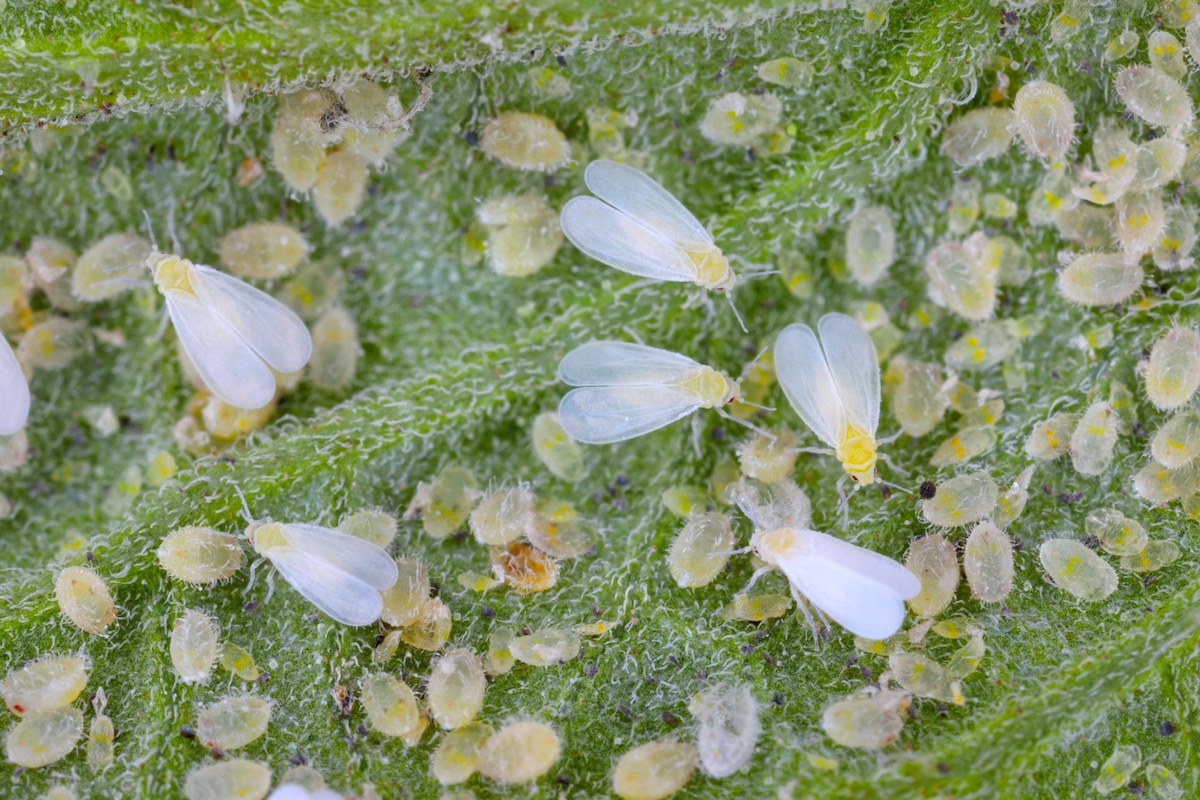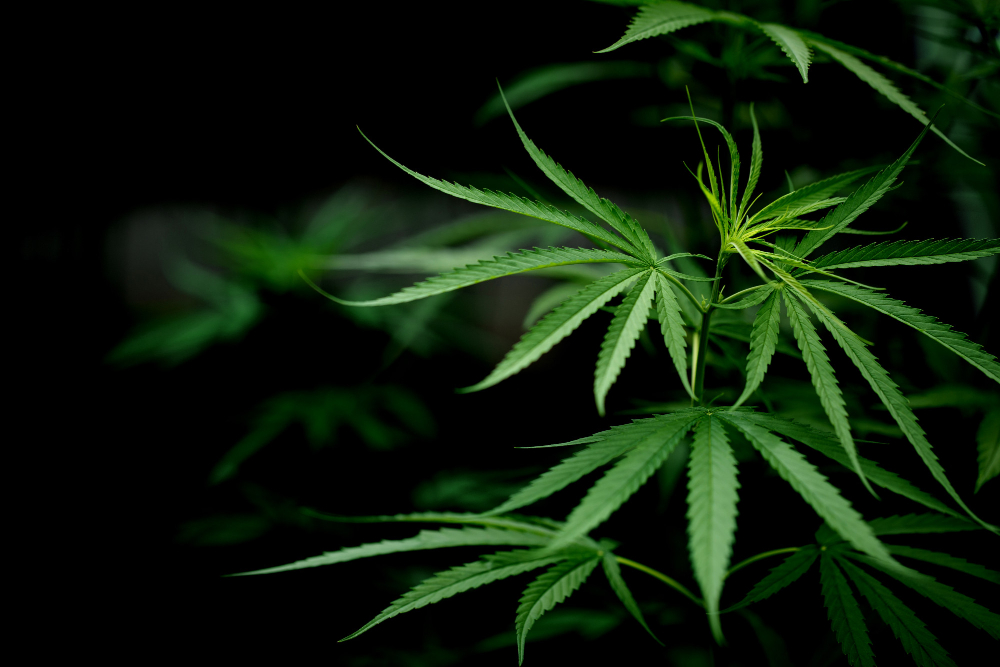Pollination is a process that we do not usually pay too much attention to, despite the fact that it generates and ensures biodiversity throughout the world, in addition to the fact that without it our subsistence would be impossible. And when we talk about cannabis, it is undoubtedly the alpha and omega of the entire biological process of the plant. That is why it is important to understand how it works to get the most out of our crops.
Cannabis can be both a monoecious plant species (plants that can be of both sexes, hermaphrodites) and dioecious (meaning that male and female flowers are borne on separate plants). Both types of cannabis exist in nature, although hermaphrodites mostly only express themselves under certain stress conditions. For example, if a female cannabis plant senses imminent death, she will begin to express male characteristics in order to self-pollinate.
Cannabis transmits its DNA sexually through the act of pollination. Males develop clusters of flowers that spray pollen from their anthers (the part where a stamen ends). A single male flower can produce 350,000 grains of pollen and this genetic material of microscopic size is transported to female plants by the wind (or by pollinating insects such as bees) and can travel great distances, even tens of kilometers, when conditions are favorable. .
The purpose of this pollen is to fulfill its genetic mandate to impregnate as many females as possible. Finally, pollination occurs when the pollen reaches the stigmas of the female, which causes the plants to produce seeds inside the pistils, which is their reproductive organ, to perpetuate the species.
Read more
